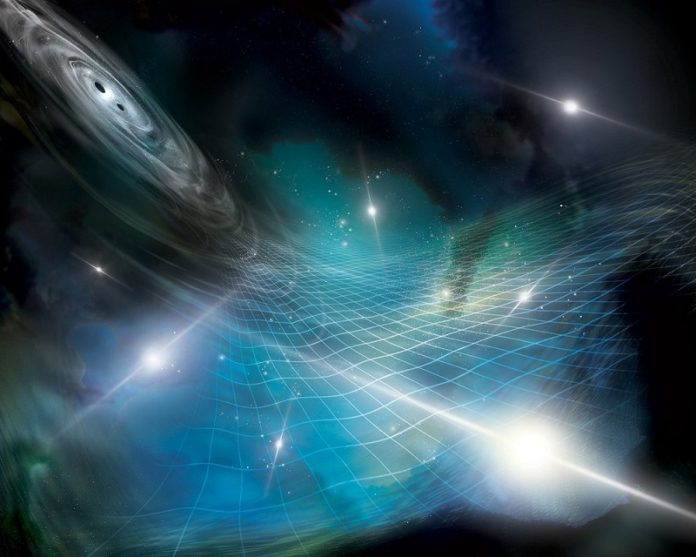
If you’re a fan of the mysteries that lie in our solar system, get ready to be amazed!
The latest image from the James Webb Space Telescope (JWST) is here and it’s featuring a superstar – Saturn, with its iconic rings.
The JWST, the most advanced space telescope we’ve ever had, is currently checking out Saturn’s surroundings.
Its main aim is to search for faint moons around the planet and the dazzling rings. If it finds any new moons, scientists will be able to better understand Saturn and its history.
So, why does Saturn look a bit different in the new image?
It’s because the telescope took the picture in a special kind of light called infrared, at a wavelength of 3.23 microns.
Methane gas in Saturn’s atmosphere absorbs almost all the sunlight at this wavelength, making the planet appear darker than usual.
Therefore, Saturn’s usual stripe-like patterns are not visible. Instead, we get to see different high-altitude aerosol features.
Interestingly, the rings of Saturn lack methane, so they appear bright against the darkened planet. The new picture reveals amazing details within the ring system and gives us a glimpse of some of Saturn’s moons like Dione, Enceladus, and Tethys.
Dr. Matthew Tiscareno, a top scientist at the SETI Institute who led this observation, expressed his excitement at seeing the stunning image and the scientific data it provides.
The researchers are eager to dive into the details to uncover potential new discoveries.
Over the years, various spacecraft, including Pioneer 11, Voyagers 1 and 2, the Cassini spacecraft, and the Hubble Space Telescope, have taken a look at Saturn.
The new image from the JWST is just a teaser of what this super-advanced telescope will tell us about Saturn in the coming years.
The image showcases the fascinating features of Saturn’s rings, from the dark inner C ring, to the bright B ring, to the shadowy Cassini Division, and the partially bright A ring. There’s also the mysterious F ring off the outer edge of the A ring.
The image also shows the interesting visual effects created by shadows the rings cast on the planet and vice versa.
The JWST will also allow scientists to check out Saturn’s fainter rings, such as the thin G ring and the blurry E ring, which we can’t see in this image.
Saturn’s rings are made up of a mix of rock and ice fragments, ranging from tiny sand grain-sized pieces to chunks as large as mountains!
A recent JWST observation of the moon Enceladus revealed a large plume of particles and water vapor coming out of the moon’s southern pole. This plume adds material to Saturn’s E ring.
Finally, if you look at the top and bottom of Saturn in the image, you’ll see typical seasonal changes.
It’s currently summer in the northern hemisphere and the end of winter in the southern hemisphere.
There’s also a peculiar dark area at the north pole that scientists are excited to study more. So, hold tight and stay tuned for more awe-inspiring images and discoveries from our solar system!



